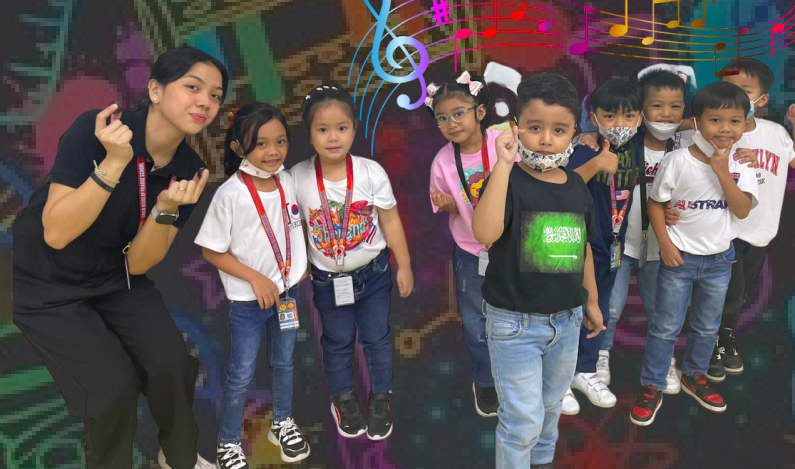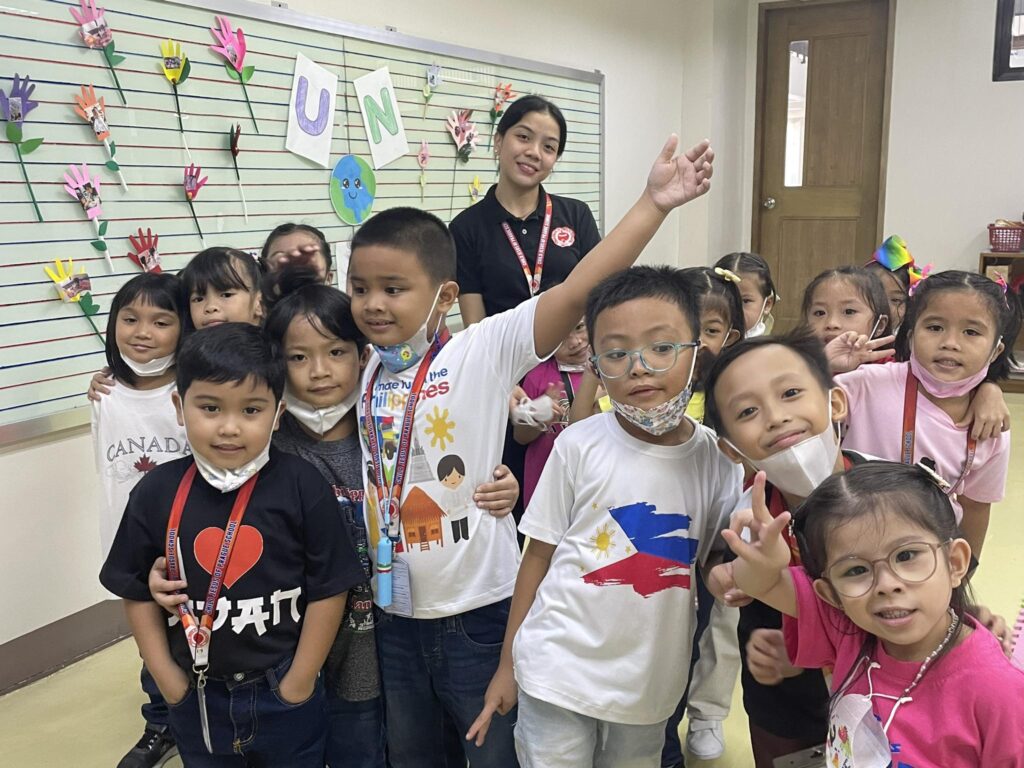Pitch Perfect Preschool: How a Singing Teacher Inspires Young Minds

“The eensy-weensy spider went up the water spout.”
“A is for Apple, B is for Ball…”
I can still remember singing these simple songs from childhood. Whenever the first part of a familiar song is given, I will always finish singing the song, even if I sing it only in thought. As a grownup, I reminisce about the joy I experienced while singing children’s songs with my friends. Often, as I hum these melodies, I think of other songs I learned during my early school years, and I realize that I can still sing many of these from memory.
Music. How can children learn or live without it? Singing is a fun activity for preschoolers, as they love to move along with music and make noise. That’s why we, preschool teachers, are encouraged to inject singing into our teaching, as it promotes better active learning.

Singing transforms learning into memorable tunes. The combination of catchy melodies and repetitive lyrics instills knowledge deep into young minds. Scientifically proven, this practice aids memory retention, ensuring that what children learn through song stays with them long after the classroom echoes fade away.
Learning a piece of information attached to a song makes kids remember it in their minds more easily. The majority of them learn the alphabet not by simply saying the letters and producing the sound, but by singing them.
Also in other subjects, like mathematics. As I entered the preschool department, I learned how to become even more creative. You can’t just say to the students, “This is number 1. This is number 2”. I let them remember counting numbers through singing. I formed a simple song: “1, 2, 3, 4, 5, once I caught a fish alive! “. With this, the melody helped them memorize the order of numbers. I also crafted catchy tunes to describe shapes and their properties. A song about triangles that goes like, “Three sides, three angles, it’s a triangle, oh so neat!”. As they clap to the beat or dance to the rhythm of music, they enhance their motor skills, reinforcing the connection between their body and mind and making them more active and productive in class.
Moreover, it is really a challenge for me to teach Filipino to young kids who grew up speaking English. You might be asking yourselves now, “How are you surviving the Filipino class without them being bored?” The answer is through singing. It is really a vibrant and effective way to engage them and help them learn the language in an enjoyable manner. As an adult, I often feel self-conscious about my voice, but my kids don’t care what their voice sounds like. They love it regardless because they are learning while having fun.
Incorporating singing into teaching methods can make learning more enjoyable, engaging, and effective for children, creating a positive and enriching educational environment.
